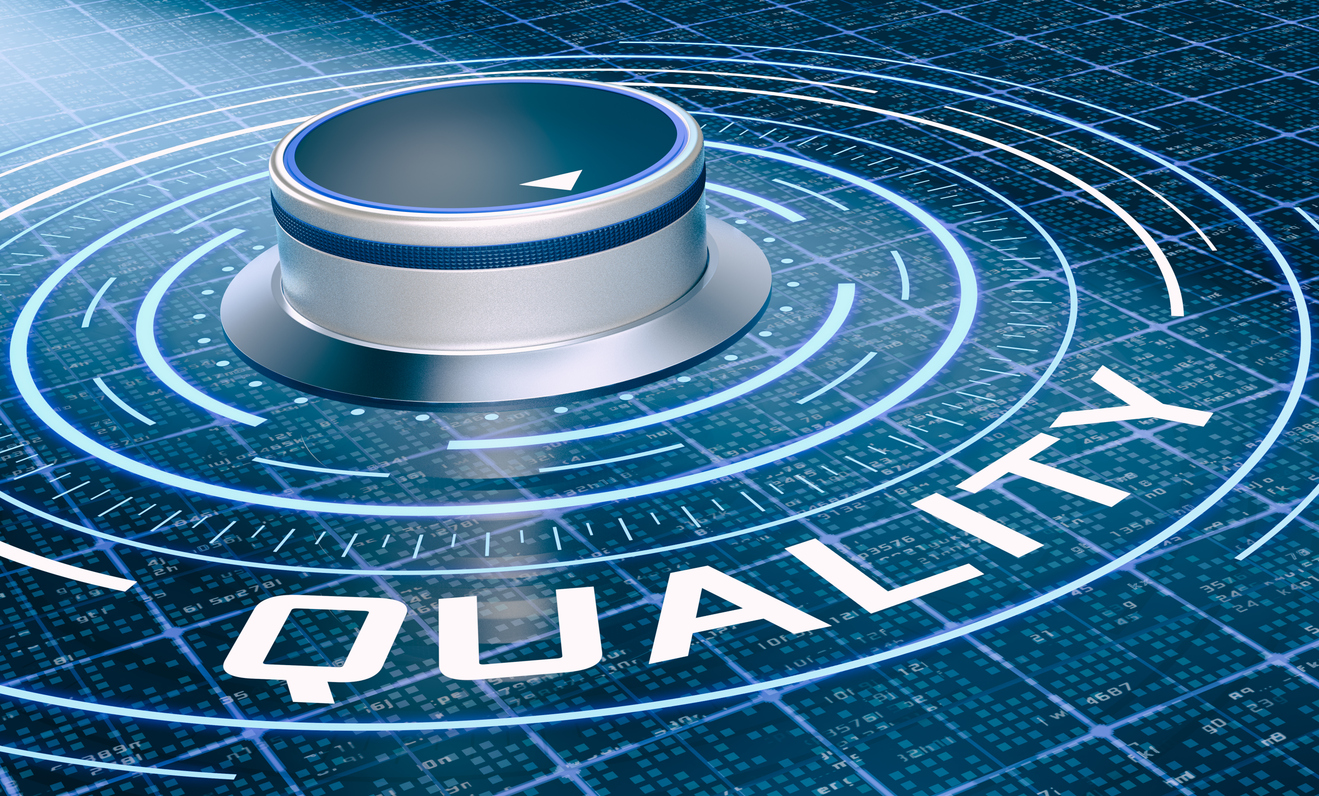Introduction
Software test automation has been a cornerstone of software quality for decades. However, the traditional approach to test automation and maintenance has been plagued by high costs, limited resources, and the need to prioritize critical test cases. In recent years, Artificial Intelligence (AI) and especially generative AI has emerged as a game-changer in the field of software testing, revolutionizing the way tests are automated and maintained. Accordingly, this blog post compares and contrasts how AI has transformed practices for software test automation and maintenance, thereby addressing the challenges faced in the traditional approach.
Traditional Software Test Automation Practices
The core challenge of traditional software test automation is that automation engineers are scarce and expensive resources. As a result, organizations carefully select where to deploy them, typically prioritizing their attention towards business-critical and high-risk test cases.
The aim is to automate as many of those most-important test cases as possible before the release date, while minimizing the cost of maintenance. Since scripts are expensive to create (industry guidelines estimate the cost at around $1,000 per script), organizations focus on the most essential test cases, and then strive to keep maintenance efforts to a minimum.
The upshot of this is that the need for QA automating testing and the imperative of engineering continuously improving the application thereby invalidating much of the test automation creates a perpetual impediment to speedy and high-quality delivery, on top of being an expensive staffing proposition.
AI-transformed Software Test Automation Practices
The advent of generative AI has brought about a significant shift in software test automation. AI can now generate test scripts in seconds at a fraction of the cost previously associated with manual scripting. Indeed, the cost of generating a script through AI is less than a penny each, eliminating concerns about the expense of automation. This shift allows organizations to continuously create fresh, up-to-the-minute tests, build after build, without the financial burden of the sunk cost in a human written test script. In short, Gen-AI enables a complete transformation of software test automation practices.
AI revolutionized Script Maintenance & Test Coverage
AI goes beyond script generation: It also plays a crucial role in script maintenance. Like manual testers, AI-driven test generation can learn, adapt, and seek assistance when required. However, AI bots are not bound by time constraints and resource limitations, enabling them to provide unparalleled coverage of both expected and unexpected user flows. This capability ensures that software is thoroughly tested, far beyond the limited scope of Test Coverage to the wider and more comprehensive Application Coverage™ and even in scenarios that were previously challenging to address through automation.
Game Changer: AI driven Continuous Testing
One of the most significant advantages of AI-driven testing is its continuous nature. AI bots are constantly evolving, adapting to changes in the software under test. Unlike traditional automation, there is no need to wait for scripts to be updated or test cases to be manually corrected. AI-driven testing can begin immediately after a new build is deployed, ensuring that testing keeps pace with development. This autonomous and continuous testing approach reduces the reliance on brittle pre-existing scripts and shifts the focus to tests generated against the latest build.
Changing Metrics for Project Completeness
In the traditional approach to test automation, project completeness was often measured based on the number of tests automated. With AI-driven testing, the focus shifts from the quantity of tests to the quality of testing outcomes. Organizations now measure project completeness based on the number of bugs identified and resolved before release. This shift in metrics reflects the newfound ability of AI to provide comprehensive and continuous testing coverage, leading to a more reliable software release process.
Conclusion
AI has brought about a transformative change in software test automation and maintenance practices. The shift from expensive, limited test automation to cost-effective, continuous testing with AI-driven scripts has revolutionized the practice.
Organizations now focus on thorough testing, including unexpected scenarios, while reducing the cost and effort traditionally associated with automation. AI has truly unlocked the potential for software testing to keep pace with the fast-paced world of software development, ultimately leading to higher-quality software releases and improved customer satisfaction.



